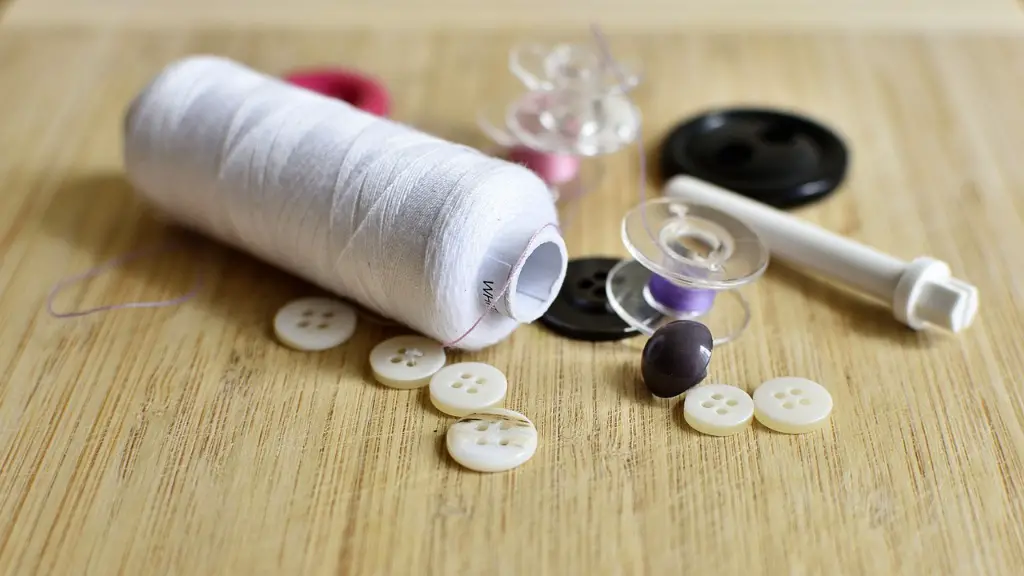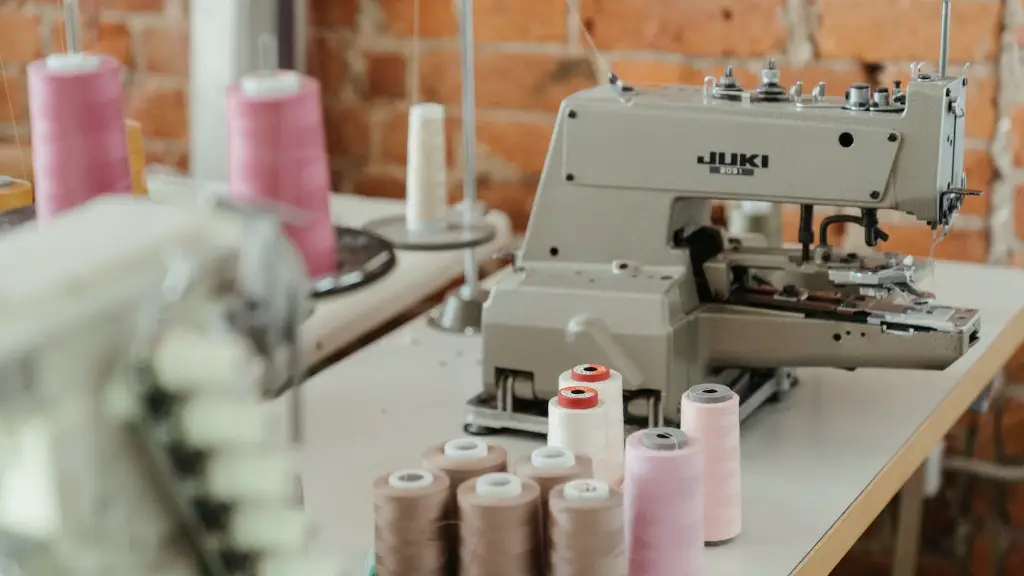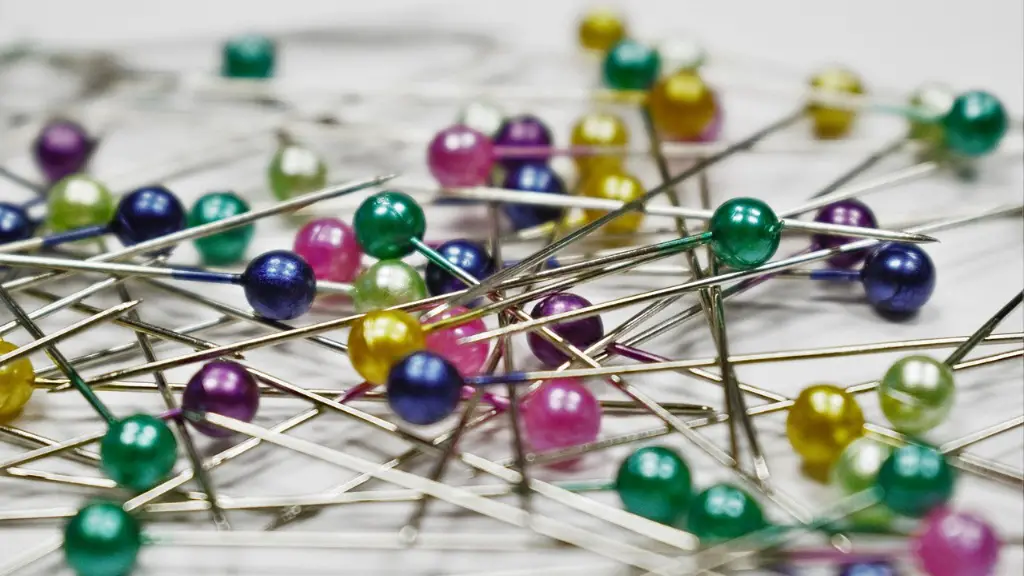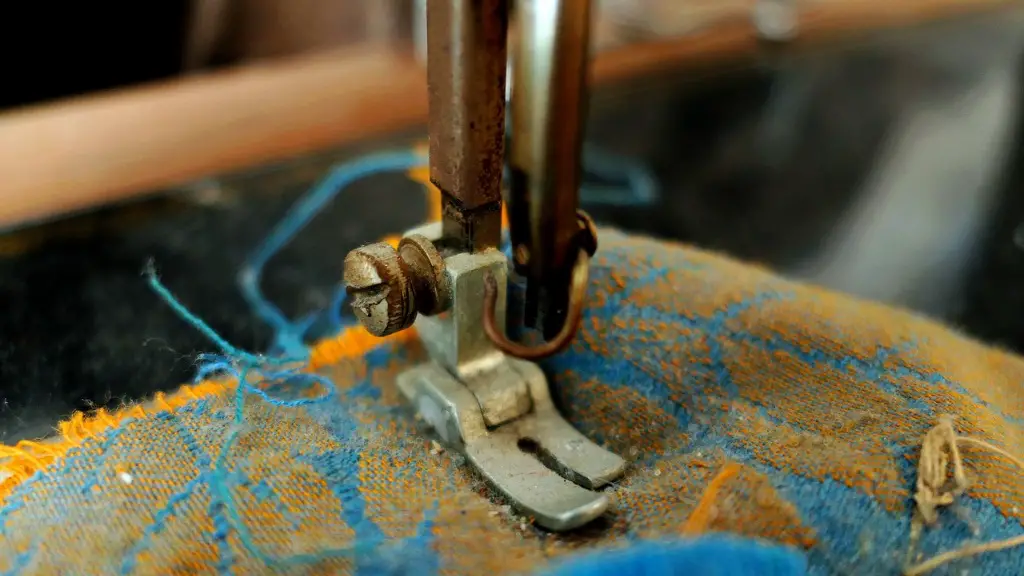Uses of an Overlocker
An overlocker, also known as an serger, is a sewing machine that is used to complete professional looking garments and projects. It’s features include the ability to finish seams, neaten edges, as well as concentrate on decorative effects on a number of fabrics. It also cuts and sews simultaneously and generally provides a much cleaner finish than a regular sewing machine.
An overlocker is able to make extremely secure seams, creating edges that are less likely to fray and more robust. This makes it especially useful for stretch fabrics and items that need to move with you, such as activewear. As the difference between overlock and standard machines is so vast, many people assume they can’t use a regular sewing machine for this kind of work.
The Difference Between an Overlocker and a Regular Sewing Machine
The main difference between an overlocker and a regular sewing machine is the ability to sew a rolled hem. This is a great way to finish off garment seams and is much more secure than regular zig zag stitching. An overlocker does this with ease; you simply use different pressures on the presser foot and change stitch lengths.
The main benefit of an overlocker is speed. You can stitch a seam using an overlocker in much less time than you could with a regular sewing machine, as it can sew at speeds of up to 1,200 stitches per minute. This makes it ideal for projects that require a lot of accuracy and speed, as you can more quickly get a professional finish.
Advantages of a Serger
The biggest advantage of an overlocker is its ability to create a professional finish. It is especially suited to hems, pockets, and cuffs. It can also be used to attach buttons, belt loops, and trims to your garments. This makes it ideal for projects that require a sleek, polished finish. It also makes it easier to create intricate embellishments.
Another benefit of using an overlocker is that it requires less thread than a regular sewing machine. It can easily trim and bind a fabric at the same time, which saves time and money. It also requires fewer tools and accessories. As it slices and binds fabric at the same time, no additional supplies are needed.
Can You Overlock on a Normal Sewing Machine?
Although it is generally easier to use an overlocker than a regular sewing machine for creating professional looking hems, pockets and cuffs, it is possible to replicate a similar effect with a regular machine.
Most sewing machines come with a rolled hem presser foot and stitch option. This allows you to replicate a similar finish to that of an overlocker, although it is not as secure or polished as one produced with an overlocker. It is also worth considering the speed; while an overlocker can sew 1,200 stitches per minute, standard machines are typically limited to 600 stitches.
Gathering the Materials Needed
Before you can use your regular sewing machine to overlock, you will need to gather the materials necessary to create your project. This will include fabric and thread, and possibly also interfacing. Before you start, check the settings of your machine to make sure it’s suitable for the fabric you wish to use.
If you don’t have access to an overlocker but wish to create a professional finish, using a rolled hem presser foot is an easy and cost-effective way to achieve this. Experiment with the settings of your machine to get the best results and always test on fabric scraps first.
Reliability of the Normal Sewing Machine
Using a basic sewing machine to overlock fabric can be achieved but it will take more time than with a serger. The thread tension may be off or the stitch may be uneven, and the finished look won’t be as neat or polished as when using an overlocker.
A regular sewing machine is limited in what it can do and is definitely not as reliable as an overlocker. You won’t be able to achieve the exact same finish, so it’s important to take your time and be patient when stitching. If a project requires a neat edge, an overlocker is the better option.
Different Types of Sewing Machines
There are many different types of sewing machines available on the market. Depending on what you wish to achieve, there is a suitable machine out there to meet your needs. This includes overlockers, coverstitch machines, as well as basic hand-held machines.
It’s important to do your research before buying so that you are making the right choice for you. Consider the type of projects you wish to complete, the cost, and the features of the product you are buying.
Getting the Most Out of Your Sewing Machine
Once you have selected the sewing machine that best suits your needs, it’s time to think about how to get the most out of it. Read the instruction manual thoroughly before starting, as this will provide tips on the best settings for each fabric and stitch.
Keep a few basic tools such as scissors and a seam ripper handy so you are ready for any mishaps that might occur. Ensure that the needles you are using are new and suitable for the job. This will help to improve the overall look of your finished project.
Learning About New Techniques
No matter what kind of sewing machine you have, it can always be used to create new and interesting projects. If you are looking to expand your skillset, there are many sources of information available to you.
Online tutorials, magazines, and books are great places to begin. If you want to add a more personal touch to your sewing, you could also sign up for a class or attend an event. Sewing is an enjoyable hobby, so don’t be afraid to experiment and learn something new.
Understanding the Maintenance Requirements
As with any machine, regular maintenance is essential to ensure optimum performance. Take time to assemble and disassemble your machine according to the instructions. Don’t forget to oil the moving parts and be sure to clean and dust the machine after each use.
It’s also important to regularly check the tension and make sure that the machine is not becoming worn or loose. If you carry out this cleaning and maintenance routine regularly, your machine should stay in good condition for years to come.
Choosing the Right Thread for the Job
The thread you use for your project is just as important as the fabric itself. Different types of thread have different characteristics, so it’s important to choose the right one for what you are doing. Carefully consider the type of fabric and the overall finished look you are aiming to achieve.
Threads come in different thickness and weight, so use the thinner thread for lighter fabrics and the thicker thread for heavier fabrics. It’s also important to understand the colouring of threads and the difference between natural and synthetic fibers.
The Necessity of a Quality Presser Foot
The presser foot of a sewing machine is the part that applies the pressure to the fabric so it can be moved whilst being stitched. It is essential to find the correct presser foot for your project as in enables the sewing machine to stitch accurately and evenly.
There are many different presser feet available, each designed for particular projects and stitches. It’s worth taking your time to explore each one to get the best out of your machine and produce a professional finish. If you need help choosing the correct presser foot, you can consult a sewing professional or view online help guides.
Listening to the User Manual
When you are starting out with a new machine it can be tempting to dive straight in, however it is always best to consult the user manual first. This will provide important information on the features of the machine, as well as give specific instructions on how to use it safely and efficiently.
Take your time to read through the instructions and understand the processes outlined. This is especially important if you are a beginner, as this will help you to feel more confident when sewing. If you follow the instructions step-by-step, your projects should be successful.
Troubleshooting and Problem-Solving
No matter how experienced you are, you are bound to encounter problems from time to time. If your machine is jamming or the stitches appear uneven, it’s important to take the time to troubleshoot and look for solutions.
Check for obvious things such as the tension and needle size, as well as the type of fabric and thread. Make sure you clean the machine regularly and use good quality needles. If the problem persists, you might want to consider seeking expert advice.



